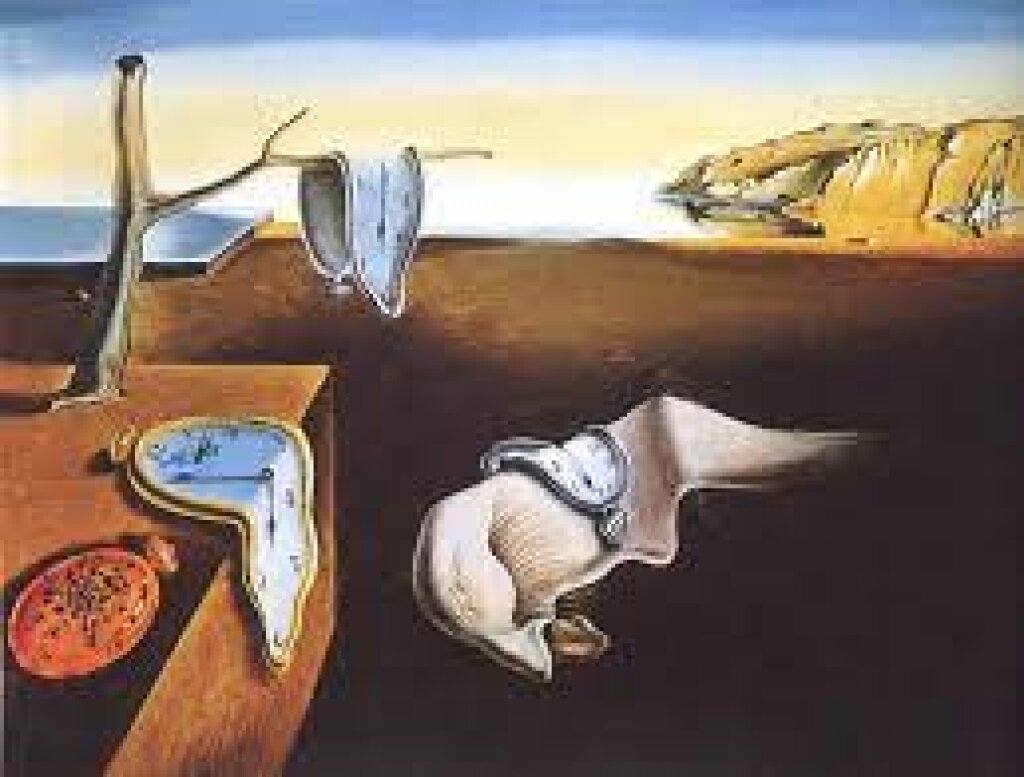The form of irony known as stiob was once the domain of nonconformist artists. Today, stiob belongs to the state. How did this happen? The anthropologist who originally described late-Soviet stiob, Alexei Yurchak, gives a clue in his work with Dominic Boyer: stiob went mainstream. From nonconformist “lifestyle” performances and art galleries, stiob migrated onto Russian TV in programs such as KVN, Itogo, and Kukly.
I want to suggest that stiob went further: it migrated to the highest halls of power. Along the way, it lost its critical potential. Today, rights to stiob are more strictly regulated. While ordinary Russian citizens go to jail for posting humorous political memes, the government communicates domestic and foreign policy through parody. Putin took up stiob for himself, regularly joking about the annexation of Ukraine and the crisis of the domestic economy. No wonder that political scientists have suggested that his foreign policy resembles trolling. Recently, Ilya Kukulin wrote that the state “‘annexes’ the right of mediatized public transgression characteristic of contemporary art.” It is relevant and important that, to consolidate this media strategy, Putin has had to attack stiob: from the independent programming on the NTV and TV-6 channels in the early 2000s, to the “gay clown” meme more recently. On the other hand, the memes paid for by the Russian government to troll the 2016 U.S. election are saturated with stiob parody.
Witness Putin’s 2018 election ad or the many instantiations of the Putin masculinity cult – from the anthem “A Man Like Putin” to the ubiquitous Putin souvenirs, shirtless photographs, and calendars. In over-identifying with the machismo and chauvinism of the leader, the Putin media creators might be sincere or they might be ironic. Valerie Sperling in her 2015 book writes, for instance, that viewers of DevochkiZa’s music video “I Want to Be Your Connie” (name of Putin’s dog) couldn’t decide whether it was serious or ironic. In any case, the degree of sincerity doesn’t matter––the video is effective because it is viral. As Yurchak defines it, stiob contributes to “the reproduction and exacerbation of the internal paradoxes of the system.” In this way, stiob reveals its fundamentally reactionary commitment to the status quo. Putin himself jokes that he’s “not going anywhere.”
Moreover: Boyer and Yurchak’s research suggests that the monopolization of media, common to both late socialism and late liberalism, led to the mainstreaming of stiob in the United States, as well. A period of television renaissance—with deregulation under Reagan in the U.S. and rollback of censorship in Russia in the 80s and 90s—was followed by the concentration of media power. In the U.S., media empires accumulated channels; in Russia, independent channels were de-privatized (this timeline from Calvert Journal illustrates a pattern of violence and takeover).
As the 24hour news cycle pervaded and homogenized news programs, U.S. audiences made their choice. Late-night comedy shows supplanted news with news-based political humor––from Saturday Night Live to the Colbert Report––helping to “elect” comedian John Stewart as the country’s most trusted newscaster in 2009.
Yurchak and Boyer’s research, on the televising of stiob, stops at the observation that U.S. comedians such as Stewart and Colbert adopted stiob humor. But stiob is even more visible in U.S. political culture today. Donald Trump brought stiob from The Apprentice and WrestleMania to the White House. Stiob, we learned, was a relative of “fake news.” It doesn’t matter that the reality TV drama of hiring or firing “apprentices” is staged or that the Trump empire itself seemed “dilapidated” to his NBC producers, and needed elaborate staging. It doesn’t matter that the match of the “heel” and the “face” is WrestleMania “kayfabe.” And it doesn’t matter whether, as president, Trump lies, jokes, or tells the truth. He achieves the mainstream, public repetition of misogyny and chauvinism. He concentrates media power through stiob. For all we know, we were watching kayfabe between Trump and Obama in 2016; one birther conspiracy theory matched for one Correspondents’ Dinner standup joke. The sketch comedy show Saturday Night Live, which invited Trump to host an episode that aired during his 2016 presidential campaign, has faced a reckoning about its role in domesticating hate. The Trump administration and its allies have pressured comedians to apologize for their jokes.
But while the state co-opts (concludes?) the cycle of stiob, the new nonconformist artists are drawn to its opposite. In Russia, the oppositional Teatr.doc is still one of the most coherent responses to the Putin regime––sincerity is the domain of this documentary theater, which bills itself as “the theater that isn’t playing” and “the theater that isn’t scared.” And adamant sincerity characterizes the Russian left, its continued efforts to organize with striking workers and pensioners, to protest demolitions and land seizures – its refusal, in other words, to compromise. In a recent article, Kukulin introduces other kinds of “non-heroic” forms of horizontal communication to the heroic, vertically-structured Actionism of Peter Pavlensky or Pussy Riot, where the highly mediatized act of transgression occludes collective action. As our own government endorses the stiob style (witness Trump among his "hamberders"), we, too, are learning that we need more than the ironic pink hats of “The Resistance.” From the J20 protests to the unflinching speech of the new Congresswomen, new voices are emerging.



